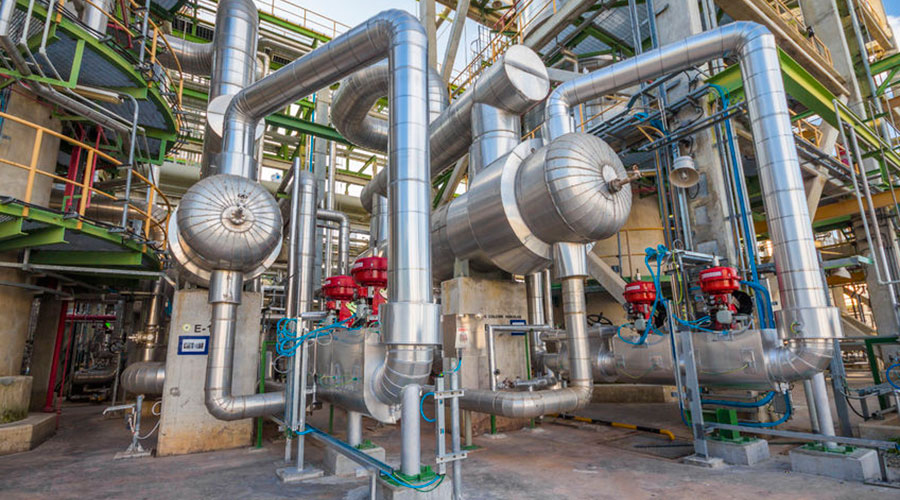Refining and transformation processes
Best Available Technique (BAT)
The refining and transformation processes such as:
- leaching, chemical refining and solvent extraction,
- electro-winning,
- production of metal powders ingots and other products
should be taken into account when determining BAT, when used with effective gas and liquid collection and treatment techniques.
Brief technical description
The use of sealed reactors where possible for the leaching and solvent extraction stages allow gases and vapours to be contained and re-used. These techniques are considered to be BAT.
There are occasions when sealing is not possible for example covered settlement baths. Fume collection from semi-sealed equipment is a very important component of BAT as the mass of fugitive emissions can be greater than abated emissions.
The correct use of furnace sealing and fume collection techniques is also considered to be BAT and is associated with the use of proper prevention and maintenance techniques.
Achieved environmental benefits
Reduction of energy use
Operational data
The refining processes described in applied techniques are applied to a wide range of raw materials of varying quantity and composition. The techniques have been developed by the Companies in this sector to take account of this variation. The choice of pyro-metallurgical or hydrometallurgical technique is driven by the raw materials used, the impurities present and the product made. In particular the morphology of the final product can be crucial for example when powders are produced for battery manufacture or when metal coatings are applied to a variety of substrates such as foams.
The basic refining processes outlined above therefore constitute the techniques to consider for the recovery processes. The application of the reactor sealing, abatement, control and management techniques are techniques to consider.
Applicability
Refining and transformation processes
Best practices
MINIMISATION OF THE EMISSIONS OF VOCS
Use of low shear mixer for the solvent/aqueous mixture to optimise droplet size and minimise contact with air. Covered mixer and separate, covered settlement zone reduces emissions of VOC to air and carryover in aqueous phase. Use of low shear and variable speed pumping reduces energy consumption of the system.
Achieved environmental benefits – Prevention of VOC emissions
Cross-media effects – Positive effect by prevention of VOC emissions, reduction of energy use.
Operational data: Status of development – Concentration of VOC in occupational air < 5 ppm (< 30 mg/Nm3 kerosene was used as solvent.
Applicability – All solvent extraction processes.
Economics – Not available but the process operates viably in several installations.
 EE Metal
EE Metal




